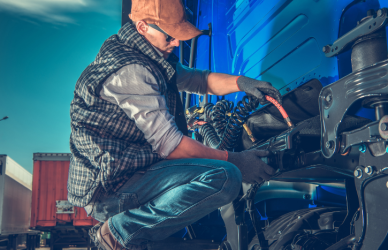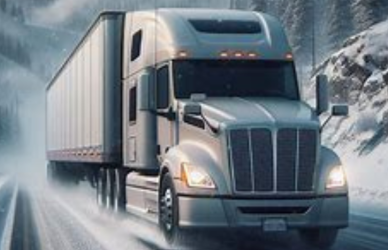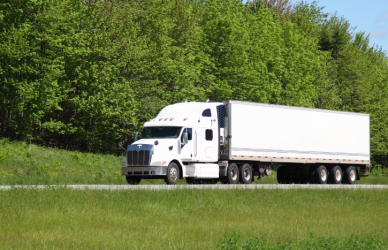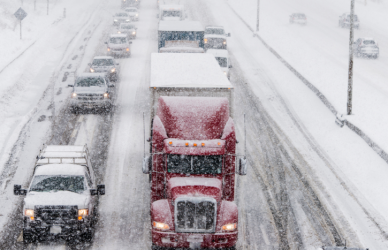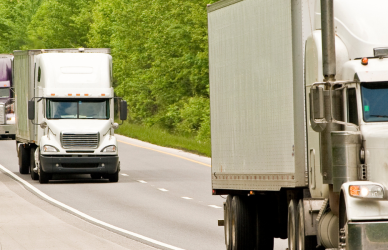A topic that often sparks lively debates among drivers is the choice between drop and hook and live loads. Some drivers believe that drop and hooks are a quick and hassle-free way to get back on the road, while others argue that live loads are more reliable and efficient. In this article, we will explore the pros and cons of both drop and hooks and live loads to help you make an informed decision about which is better for you.
Drop and Hook Loads
Drop and hook operations involve picking up a pre-loaded trailer and dropping off an empty one. While it might sound like a time-saving approach, there are both advantages and disadvantages to consider.
Pros of Drop and Hooks
- Time Efficiency: Drop and hook operations involve pre-loaded trailers waiting at a distribution center. Truckers simply need to drop off the empty trailer and hook up to a loaded one. This process is incredibly quick, minimizing downtime and allowing drivers to cover more miles in a day.
- Reduced Wait Times: Truckers dealing with drop and hook loads typically experience shorter waiting times. Since the trailers are ready and waiting, there’s no need to wait for live loading, paperwork, or inspections.
- Predictable Schedules: With scheduled appointments at distribution centers, truckers can plan their routes and breaks more efficiently. This predictability can lead to a better work-life balance and reduced stress on the road.
- Lower Risk of Cargo Claims: Since the cargo is loaded by professionals at distribution centers, the risk of cargo damage due to improper loading is significantly reduced. This can save truckers both time and money.
- Increased Productivity: The quick turnaround of drop and hook loads allows truckers to focus on driving rather than dealing with loading and unloading, ultimately increasing productivity.
Cons of Drop and Hooks
- Inefficiency: Not all drop and hooks are quick and easy. Sometimes trailers are hard to access or require assistance from yard dogs to move them.
- Unpredictability: Some drop and hooks can unexpectedly turn into live loads due to issues with available trailers or incorrect information from the shipper.
- Limited Flexibility: Truckers following the drop and hook model have less control over their schedules and may need to adhere strictly to appointments, leaving little room for unexpected delays.
- Parking Challenges: Finding available parking spots at distribution centers can sometimes be a hassle, particularly during peak times.
- Equipment Quality: Swapping trailers can sometimes result in drivers giving up a well-maintained trailer for a less reliable one, leading to unexpected downtime for repairs.
Live Loads
Live loads involve physically loading and unloading cargo at the shipper and receiver facilities. This method has its own set of advantages and disadvantages.
Pros of Live Loads
- Cargo Control: With live loads, drivers have more control over the handling and securing of their cargo, reducing the risk of damage.
- No Need to Swap Trailers: Drivers can avoid the unpredictability of receiving a subpar trailer when they load and unload their own trailers.
- Higher Earnings: Live loads generally pay more due to the additional time and effort required for loading and unloading. This can be enticing for truckers looking to maximize their income.
- Flexibility: Truckers dealing with live loads have more flexibility in their schedules. They can adjust their routes and stops as needed to accommodate changing conditions.
- Reduced Waiting at Distribution Centers: Truckers do not need to wait at distribution centers for pre-loaded trailers, potentially saving time and reducing the stress associated with strict schedules.
Cons of Live Loads
- Longer Wait Times: Waiting for live loading and unloading can lead to unpredictable delays, resulting in lost time on the road.
- Increased Risk: Truckers may face a higher risk of cargo damage or theft when they are responsible for loading and securing the freight. This can lead to insurance claims and financial losses.
- Increased Workload: Live loads demand more physical effort and can be more taxing on truckers who have to do the loading and unloading themselves.
The choice between drop and hooks and live loads ultimately depends on various factors, including the type of freight you haul, your personal preferences, and your ability to adapt to different situations on the road. While drop and hooks can offer time efficiency and flexibility, they are not always as straightforward as they may seem. Live loads, on the other hand, provide more control over cargo handling but may require more physical effort and patience.
Ultimately, the decision between drop and hooks and live loads is a matter of personal preference and the specific demands of your trucking job. Whether you prefer the speed of drop and hooks or the control of live loads, the key is to stay safe, efficient, and responsive to the ever-changing demands of the road.



